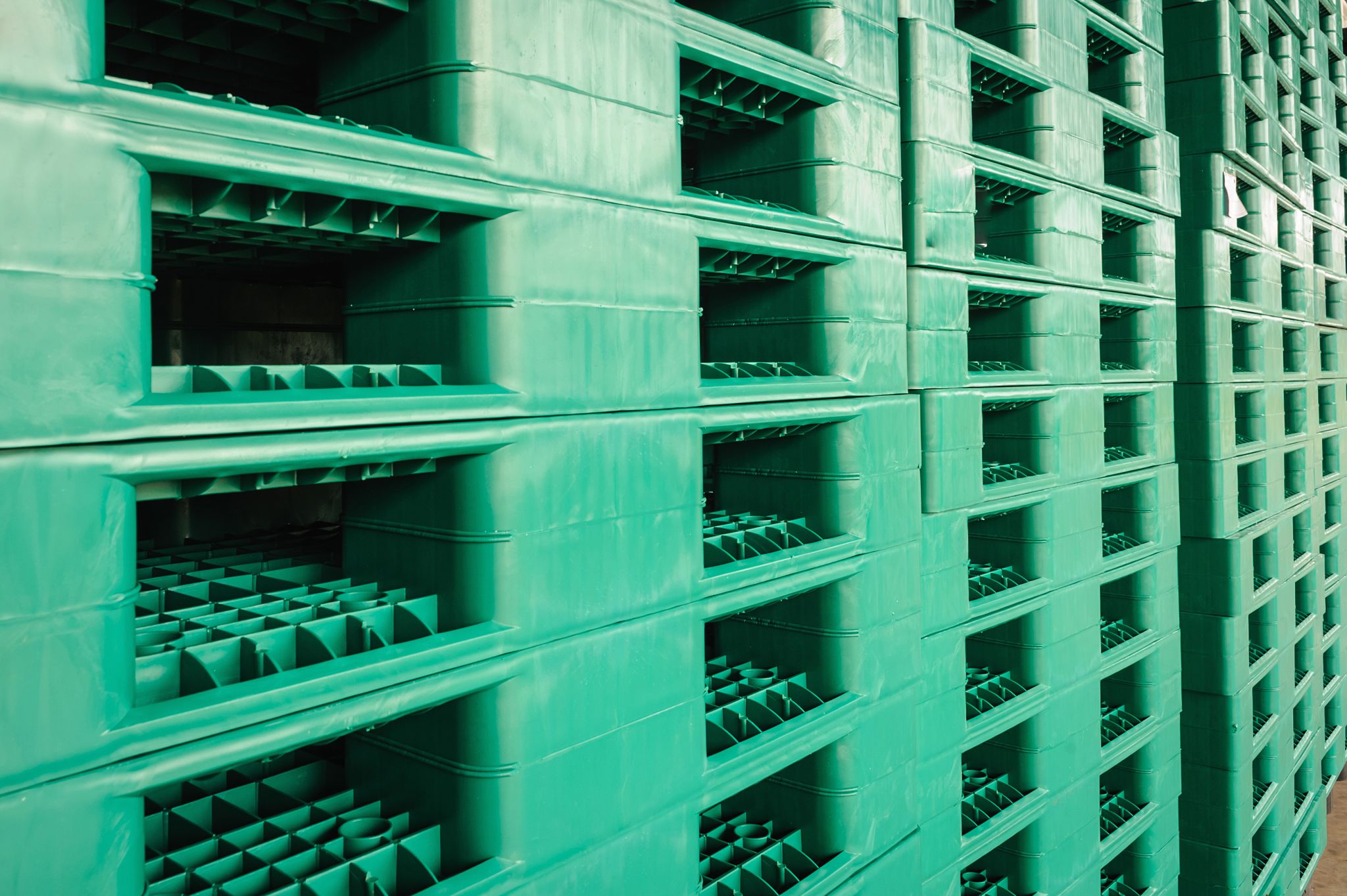Comparing Wooden and Plastic Pallets: Which is Best for Your Business?
Introduction to Pallet Options
In the world of logistics and supply chain management, pallets play a crucial role in the transportation and storage of goods. The choice between wooden and plastic pallets can significantly impact your business operations. Each type offers unique advantages and challenges, making it important to understand which option aligns best with your needs.

Cost Considerations
One of the primary factors influencing pallet choice is cost. Wooden pallets are generally more affordable upfront, making them an attractive option for businesses looking to minimize initial expenses. However, it's essential to consider the long-term costs associated with maintenance and replacement due to wear and tear.
On the other hand, plastic pallets tend to have a higher initial cost but offer a longer lifespan due to their durability. This can result in lower overall expenses over time, especially for businesses with high pallet turnover rates.

Durability and Longevity
The durability of pallets is another critical factor. Wooden pallets are prone to damage from moisture, pests, and rough handling. While they can be repaired, repeated fixes may compromise their structural integrity.
Plastic pallets, known for their robust construction, are resistant to moisture and pest damage. They maintain their shape and strength over time, making them suitable for environments where hygiene and sanitation are priorities, such as food and pharmaceutical industries.
Sustainability and Environmental Impact
Environmental considerations are becoming increasingly important in business decisions. Wooden pallets are often seen as the more sustainable choice due to their natural material composition and recyclability. They can be repurposed or recycled into mulch or other products at the end of their life cycle.

Plastic pallets, while less eco-friendly in terms of material, can also be recycled. Moreover, their longevity means fewer resources are needed for replacements, potentially offsetting some environmental concerns.
Weight and Handling
The weight of a pallet can affect shipping costs and ease of handling. Wooden pallets are generally heavier, which can lead to higher freight charges and more strenuous manual handling. This might be a consideration if your business frequently ships goods over long distances.
Conversely, plastic pallets are lightweight, reducing shipping costs and making them easier to handle manually. This can improve efficiency in warehouses and distribution centers.
Industry-Specific Requirements
Certain industries may have specific requirements that make one type of pallet more suitable than the other. For example, businesses in the food industry often prefer plastic pallets due to hygiene standards, while construction or manufacturing sectors might opt for wooden pallets due to their cost-effectiveness and load-bearing capabilities.

Conclusion: Making the Right Choice
Ultimately, the choice between wooden and plastic pallets depends on various factors including cost, durability, environmental impact, weight, and industry requirements. Businesses should assess their specific needs and priorities to determine which type of pallet offers the best value and functionality.
By carefully evaluating these factors, companies can make informed decisions that enhance efficiency and sustainability in their supply chain operations.